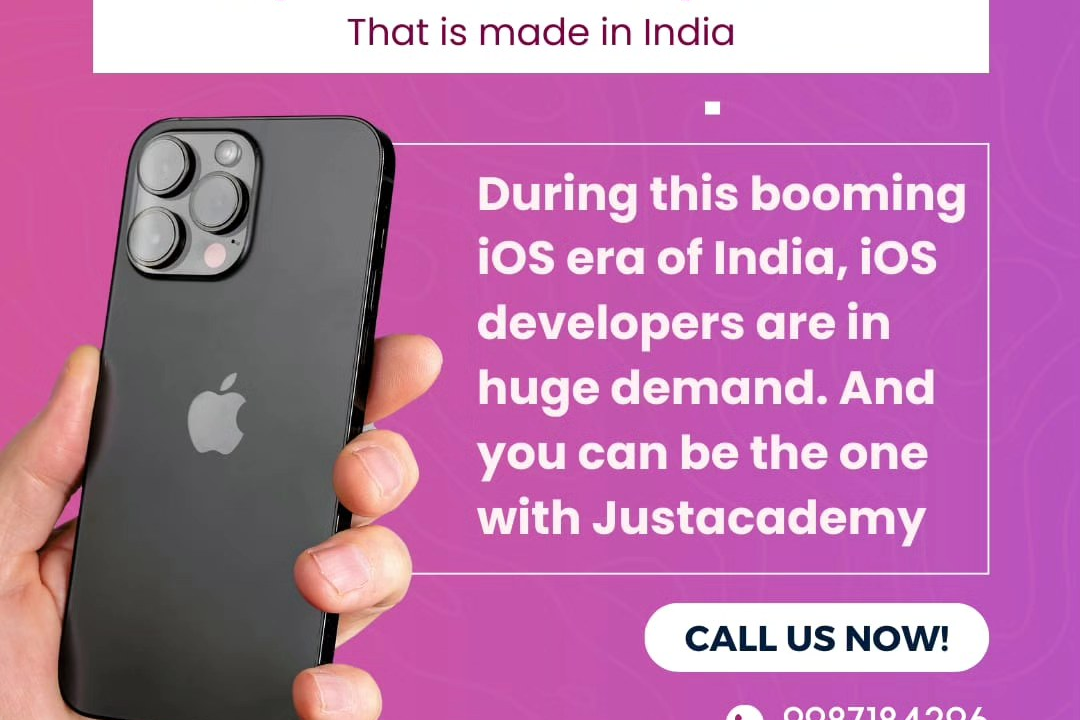Flutter Application Design Principles
Essential Principles for Flutter Application Design
Flutter Application Design Principles
Flutter application design principles emphasize a widget-centric architecture, encouraging a clear separation of concerns and modularity. The use of declarative programming allows developers to build UI components that react to state changes seamlessly. Flutter promotes responsiveness and adaptability to various screen sizes through the use of layout widgets and MediaQuery for adaptive design. Additionally, the “hot reload” feature empowers developers to iterate quickly on their designs, fostering a rapid development cycle. Consistency in UI elements is encouraged through the use of customizable themes while Material Design and Cupertino widgets guide adherence to platform-specific aesthetics. Overall, these principles aim to create visually appealing, high-performance applications that provide an exceptional user experience across different platforms.
To Download Our Brochure: https://www.justacademy.co/download-brochure-for-free
Message us for more information: +91 9987184296
1 - Declarative UI: Flutter uses a declarative programming model, allowing developers to describe how the UI should look at any given state. This emphasizes building the UI as a function of the app's state, making the code more readable and easier to maintain.
2) Widgets as Building Blocks: In Flutter, everything is a widget. UI components are constructed from a tree of widgets, which can be combined, nested, and reused, promoting modular design and encapsulation.
3) Stateless and Stateful Widgets: Understanding the difference between stateless and stateful widgets is crucial. Stateless widgets are immutable and do not change, while stateful widgets can maintain state across rebuilds, allowing for dynamic user interfaces.
4) Composition Over Inheritance: Flutter encourages composing widgets over using inheritance, which leads to more reusable and maintainable code. By composing simple widgets to create complex UIs, developers can build flexible applications.
5) Material and Cupertino Design Systems: Flutter provides built in widgets for Material Design (Android) and Cupertino (iOS), allowing developers to create apps that look native on both platforms while adhering to their design guidelines.
6) Separation of Concerns: Implementing the MVC (Model View Controller) or MVVM (Model View ViewModel) design patterns helps separate business logic from UI code, making it easier to manage, test, and maintain applications.
7) Responsive Design: Flutter supports a variety of devices and screen sizes. Using layout widgets like `Row`, `Column`, and `Flex` allows for responsive design that adapts to different screen dimensions and orientations.
8) Themed Widgets: Implement consistent styling throughout the app using themes. Flutter allows developers to customize colors, fonts, and other properties globally, promoting a cohesive user experience.
9) Animation and Motion: Flutter makes it easy to add smooth animations to enhance the user experience. Understanding the animation library and using implicit animations can make your app feel more dynamic and engaging.
10) State Management: Learning about various state management solutions (like Provider, Bloc, Riverpod, or GetX) is essential to maintain and manage the state of the application efficiently, making it easier to develop complex applications.
11) Error Handling: Robust error handling is crucial for a smooth user experience. Using Flutter's built in error handling mechanisms helps in providing feedback and preventing app crashes.
12) Accessibility: Ensuring applications are accessible to all users, including those with disabilities, is important. Flutter provides tools to make apps more accessible through the use of semantic widgets and customizable text sizes.
13) Responsive Touch Targets: Designing touchable UI elements with appropriate sizes and padding can enhance usability. Flutter recommends adhering to guidelines to ensure touch targets are accessible and easy to activate.
14) Testing and Debugging: Writing tests for your Flutter applications using the built in testing framework (unit, widget, and integration tests) helps ensure code quality and reliability and simplifies debugging processes.
15) Performance Optimization: Understanding rendering and layout processes in Flutter can lead to better performing applications. Minimize widget rebuilds, use const constructors where possible, and optimize images and assets to improve performance.
16) Version Control: Utilizing version control systems like Git during development aids in tracking changes, collaboration, and maintaining code safety and integrity.
17) Community and Learning: Engaging with the Flutter community through forums, open source projects, and events can enhance knowledge and skills, keeping developers up to date with the latest trends and best practices.
These principles will prepare students to design effective and efficient Flutter applications while fostering good programming practices.
Browse our course links : https://www.justacademy.co/all-courses
To Join our FREE DEMO Session: Click Here
Contact Us for more info:
Java Programming Crash Course
Flutter Training in Tiruchirappalli
Android Training Ballari
GlassFish overview
iOS Training in Raipur











